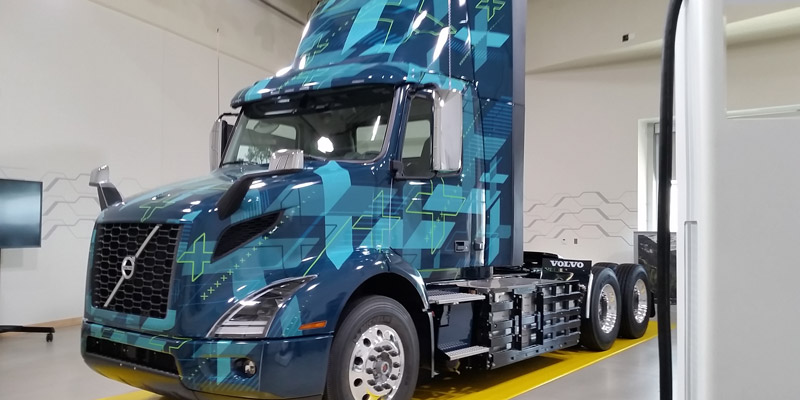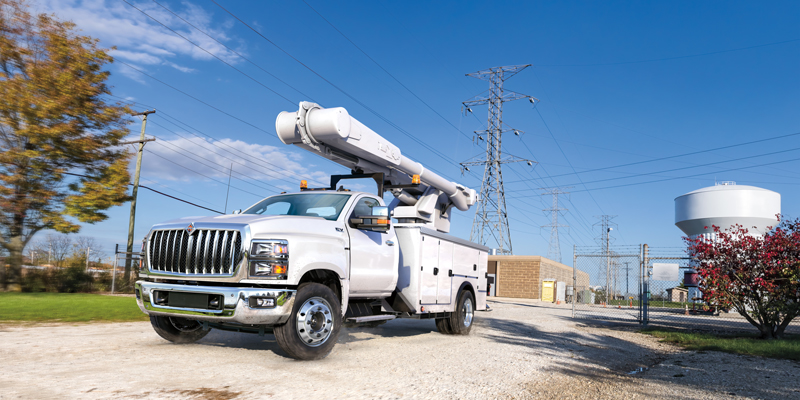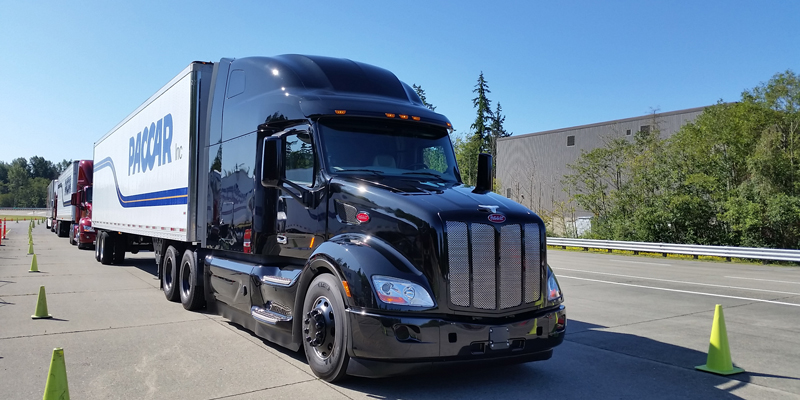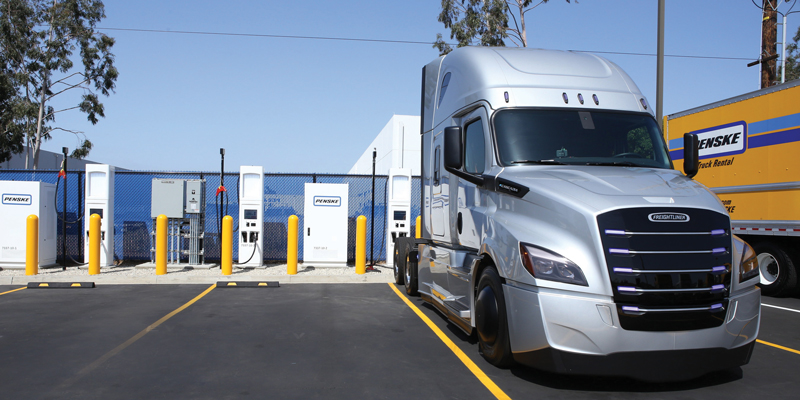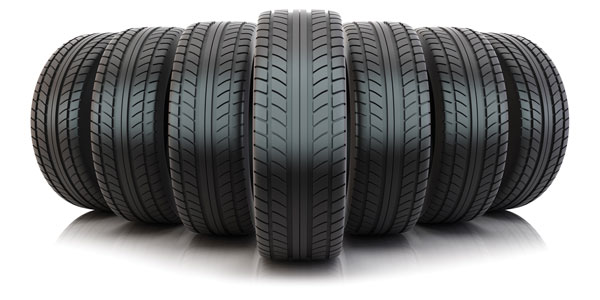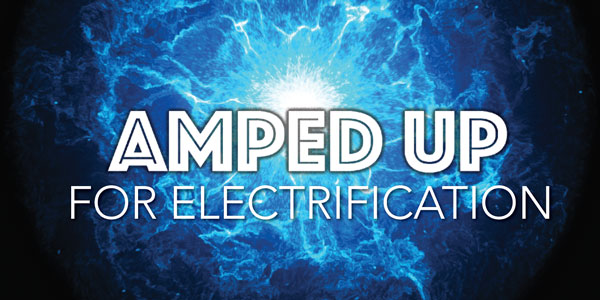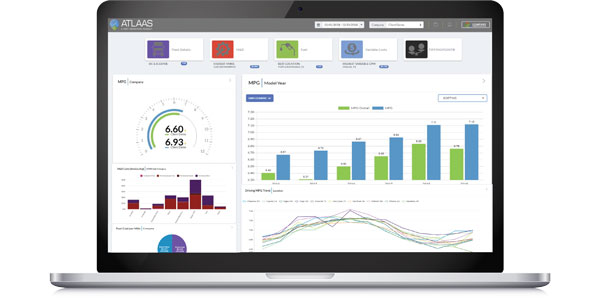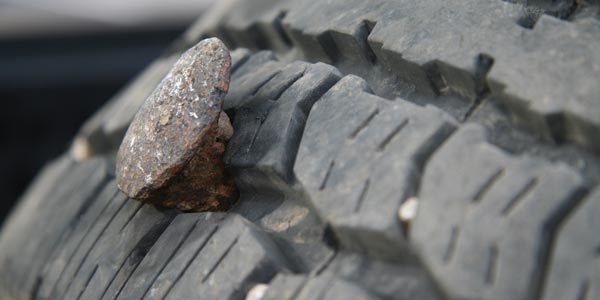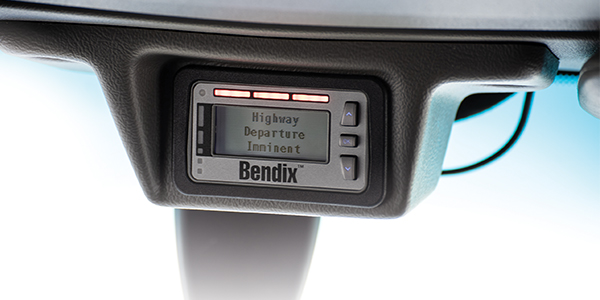Our lack of a technically based national energy policy has, and will continue to, cost us billions. You and I have financed such ridiculous schemes as corn-based ethanol and solar-powered home devices, and the cash outflow shows no sign of abating.
It seems some of our environmental activists (specifically, the Alliance for Green Heating) are now trying to sell our administration on pelletized wood as an alternate fuel for electrical power generation. It seems our “zero emissions” electrical vehicles will require additional electrical generation. This is without a shred of good evidence or a reasonable, acceptable standard for the composition of the wood pellet fuel. My guess is our current administration will give them money.
North American wood pellet exports rose 7% to 6.1 million tons for the year 2015. With these kinds of gains, the Alliance for Green Heating is putting on a full-court press to convince Congress that we need to utilize more wood pellets for electrical power generation in the U.S.
This is wrong on so many fronts. Equating the energy situation in the U.S. to the situation in the rest of the world is ridiculous. We currently have identified sufficient energy resources to last us 100 years. Europe, which does not have sufficient developed sources of energy, will be dependent on the rest of the world until its political leaders decide to develop its own sources of less expensive, sustainable energy.
Last year, the Washington Post featured a well-written editorial of the problems associated with wood pellet heating. It said wood heating is never carbon neutral because of the energy required to plant and harvest trees. It also pointed out that the wood pellet industry won’t be sustainable unless they are allowed to further deforest our country.
I identify with that last statement. All of the wood pellet supporters say they aren’t deforesting our country; yet, they hold frequent meetings trying to convince their members to be more responsible tree harvesters. They talk about how they are using waste product taken off the forest floor. Shouldn’t we leave the forest floor alone for the sake of the animal kingdom? Next we will be asked to protect some endangered forest floor dwellers.
Of course, the various wood pellet associations have refuted the Washington Post editorial to Congress. Gee, what a surprise! The part I find hilarious is that if we are really serious about reducing CO2 emissions, then shouldn’t we be planting more trees, not harvesting them? Trees are the most effective absorbers of CO2 known to man.
Of course, the corn-based ethanol lobby is trying to get Congress to up the ethanol requirement in gasoline from 10% to 15% to line their “Big Agriculture” suppliers’ and rich farmers’ pockets. Corn-based ethanol has proven to adversely affect both fuel economy and CO2 emissions, yet the Renewable Fuels Association (RFA) is suing the EPA to increase corn-based ethanol usage.
It is imperative that we as a nation “say what we mean and mean what we say.” No one wants to increase CO2 emissions, but emotional activists often influence uninformed legislators. Then we brag about our accomplishments at the international CO2 reduction meetings.
Do you realize that our President recently agreed with China to reduce our CO2 emissions by 25% by 2025 while China agreed to begin reducing their CO2 emissions by 2030? That’s what I call a great negotiator.
We have some crucial decisions to make in November. Instead of listening to what child-like movie stars and environmental activists recommend, why don’t we identify and vote for those Congressional and Presidential candidates who agree to make logical, reasonable decisions about airborne emissions, and develop a sound energy policy that actually spends our federal (and your) dollars more wisely?




